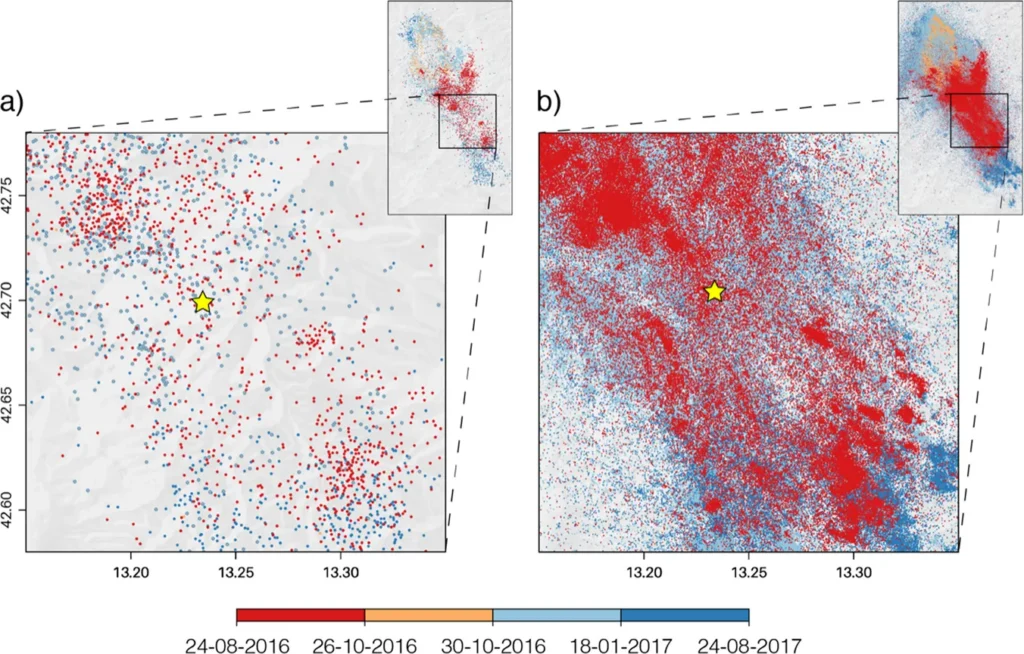OnePlus unveils OxygenOS 16 update with deep Gemini integration
The updated Android software expands what you can add to Mind Space and uses Gemini. For starters, you can add scrolling screenshots and voice memos up to 60 seconds in length. This provides more data for the AI to generate content. For example, if you take screenshots of hotel listings and airline flights, you can tell Gemini to use your Mind Space content to create a trip itinerary. This will be fully integrated with the phone and won’t require a separate subscription to Google’s AI tools.

Credit: OnePlus
Mind Space isn’t a totally new idea—it’s quite similar to AI features like Nothing’s Essential Space and Google’s Pixel Screenshots and Journal. The idea is that if you give an AI model enough data on your thoughts and plans, it can provide useful insights. That’s still hypothetical based on what we’ve seen from other smartphone OEMs, but that’s not stopping OnePlus from fully embracing AI in Android 16.
In addition to beefing up Mind Space, OxygenOS 16 will also add system-wide AI writing tools, which is another common AI add-on. Like the systems from Apple, Google, and Samsung, you will be able to use the OnePlus writing tools to adjust text, proofread, and generate summaries.
OnePlus will make OxygenOS 16 available starting October 17 as an open beta. You’ll need a OnePlus device from the past three years to run the software, both in the beta phase and when it’s finally released. As for that, OnePlus hasn’t offered a specific date. The initial OxygenOS 16 release will be with the OnePlus 15 devices, with releases for other supported phones and tablets coming later.
OnePlus unveils OxygenOS 16 update with deep Gemini integration Read More »



















